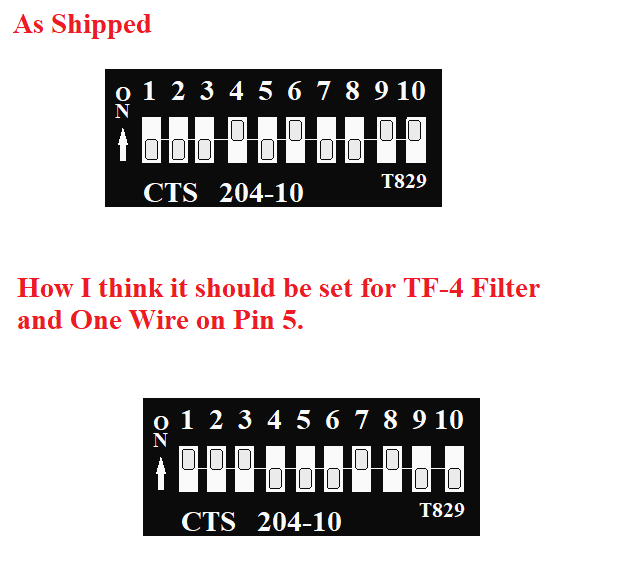Depends on the interface. The MEGA alone has per-pin and group limits. The data sheet is most accurate but not easy to decipher. Practical Information is a bit variable online but I suggest to stay under 20mA per pin and not more than 100mA at one time. That’s at 5V of course. That can indeed be limiting. But this is a $12 board…
The ESP-32 is also limited. I’d keep per pin under 12mA and total to also less than 100mA. That’s at 3.3V.
The UniShield is different as it has purpose intended drivers for the outputs. The limits are listed in the product note, but think 2A per pin, 5 per driver chip, and 12A per bank. That’s at 12 or 24 VDC, so it’s a lot more power. This is designed to drive devices like solenoids, relays, lights, alarms, and small motors directly. You could, for example, drive.a TD-5 off of one. This shield is more expensive of course, but I think the
So bottom line is you need to determine the current loads of all your individual devices and work within the interface limits to make sure it operates properly. Otherwise it might function sporadically or even get damaged if way overloaded.























































![Craft A Brew - Safale S-04 Dry Yeast - Fermentis - English Ale Dry Yeast - For English and American Ales and Hard Apple Ciders - Ingredients for Home Brewing - Beer Making Supplies - [1 Pack]](https://m.media-amazon.com/images/I/41fVGNh6JfL._SL500_.jpg)





